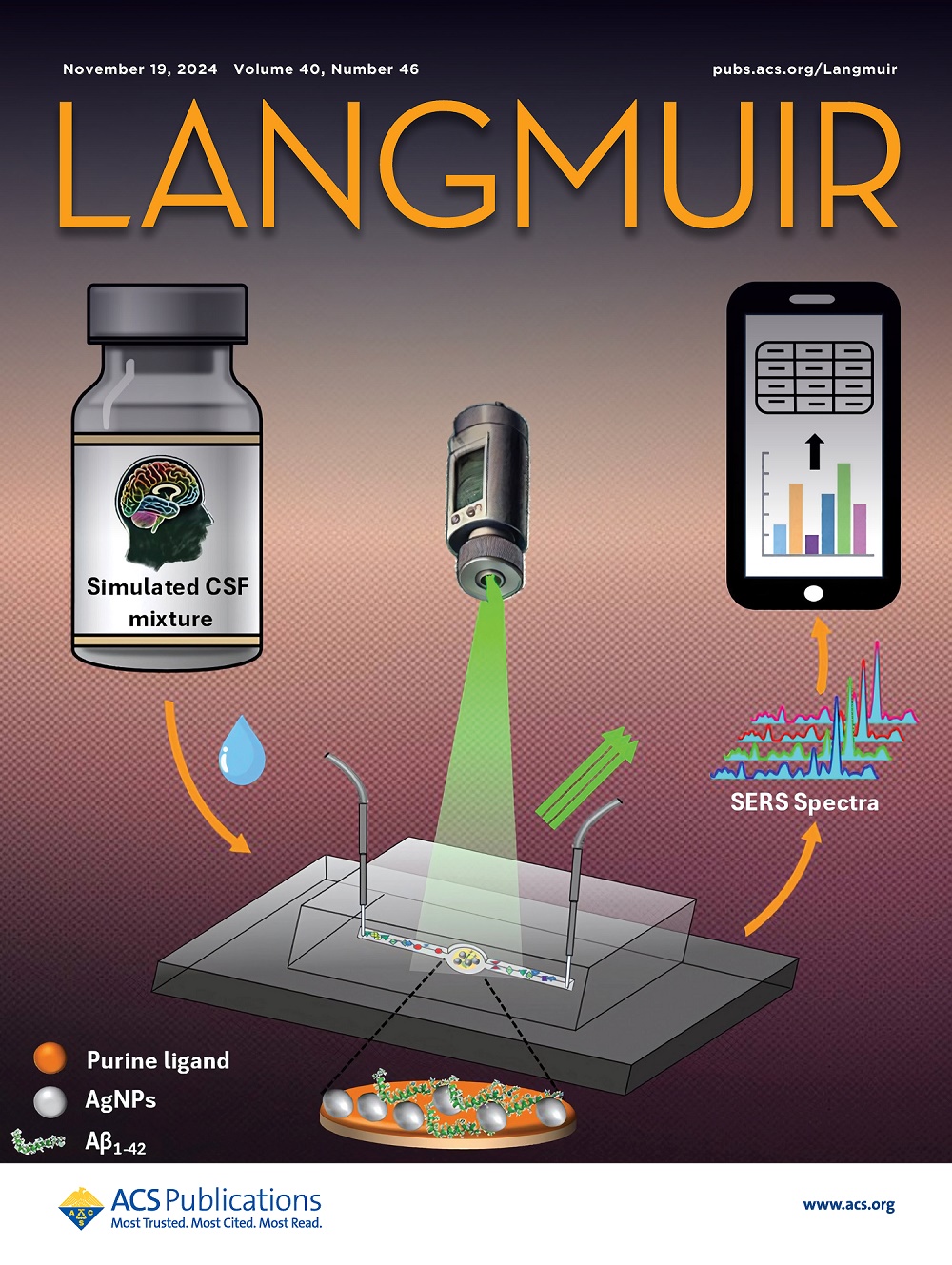由Bi4O5I2/葡萄糖修饰Bi2O2CO3组成的Z-Scheme异质结光催化剂降解抗生素的机理及毒性评价
IF 3.9
2区 化学
Q2 CHEMISTRY, MULTIDISCIPLINARY
引用次数: 0
摘要
水中潜在抗生素的积累对人类和环境具有潜在的危害。本文采用低温水热法快速合成了具有高环丙沙星(CIP)去除率的Bi4O5I2/葡萄糖修饰Bi2O2CO3 (BGBCO)复合催化剂。BGBCO在65 W节能灯照射100 min后表现出最佳的光催化活性。BGBCO的表观动力学常数分别是Bi2O2CO3、Bi4O5I2和葡萄糖修饰Bi2O2CO3的7.20倍、2.28倍和1.41倍。实验结果和表征表明,光催化性能的显著提高可归因于活性位点的增加、可见光吸收范围的扩大以及光生载流子分离率的提高。自由基捕获实验证实,•O2-和h+是CIP降解的主要活性物质。毒性预测结果表明,CIP降解产物的毒性显著降低。基于各种表征结果,提出了光催化降解CIP的可能机理和途径。本研究为bi2o2co3基异质结光催化材料的改性及其在水中抗生素净化中的应用提供了有价值的见解。本文章由计算机程序翻译,如有差异,请以英文原文为准。
Mechanism and Toxicity Evaluation of Antibiotics Degradation by a Z-Scheme Heterojunction Photocatalyst Composed of Bi4O5I2/Glucose-Modified Bi2O2CO3.
The accumulation of potential antibiotics in water is potentially harmful to human beings and the environment. In this paper, a novel composite catalyst, Bi4O5I2/glucose-modified Bi2O2CO3 (BGBCO) with a high ciprofloxacin (CIP) removal rate, was rapidly synthesized by a low-temperature hydrothermal method. BGBCO demonstrated the best photocatalytic activity after 100 min irradiation by a 65 W energy-saving lamp. The apparent kinetic constants of BGBCO are 7.20, 2.28, and 1.41 times of Bi2O2CO3, Bi4O5I2, and glucose-modified Bi2O2CO3, respectively. Experimental results and characterization show that the significant improvement of photocatalytic performance can be attributed to more active sites, a wider visible light absorption range, and improved photogenerated carrier separation rate. Free radical capture experiments confirmed that •O2- and h+ are primary active species responsible for the degradation of CIP. The toxicity prediction results showed that the toxicity of CIP degradation products decreased significantly. Based on various characterization results, the possible mechanism and pathway of photocatalytic degradation of CIP were proposed. This study provides valuable insights for the modification of Bi2O2CO3-based heterojunction photocatalytic materials and their application in the purification of antibiotics in water.
求助全文
通过发布文献求助,成功后即可免费获取论文全文。
去求助
来源期刊

Langmuir
化学-材料科学:综合
CiteScore
6.50
自引率
10.30%
发文量
1464
审稿时长
2.1 months
期刊介绍:
Langmuir is an interdisciplinary journal publishing articles in the following subject categories:
Colloids: surfactants and self-assembly, dispersions, emulsions, foams
Interfaces: adsorption, reactions, films, forces
Biological Interfaces: biocolloids, biomolecular and biomimetic materials
Materials: nano- and mesostructured materials, polymers, gels, liquid crystals
Electrochemistry: interfacial charge transfer, charge transport, electrocatalysis, electrokinetic phenomena, bioelectrochemistry
Devices and Applications: sensors, fluidics, patterning, catalysis, photonic crystals
However, when high-impact, original work is submitted that does not fit within the above categories, decisions to accept or decline such papers will be based on one criteria: What Would Irving Do?
Langmuir ranks #2 in citations out of 136 journals in the category of Physical Chemistry with 113,157 total citations. The journal received an Impact Factor of 4.384*.
This journal is also indexed in the categories of Materials Science (ranked #1) and Multidisciplinary Chemistry (ranked #5).
 求助内容:
求助内容: 应助结果提醒方式:
应助结果提醒方式:


